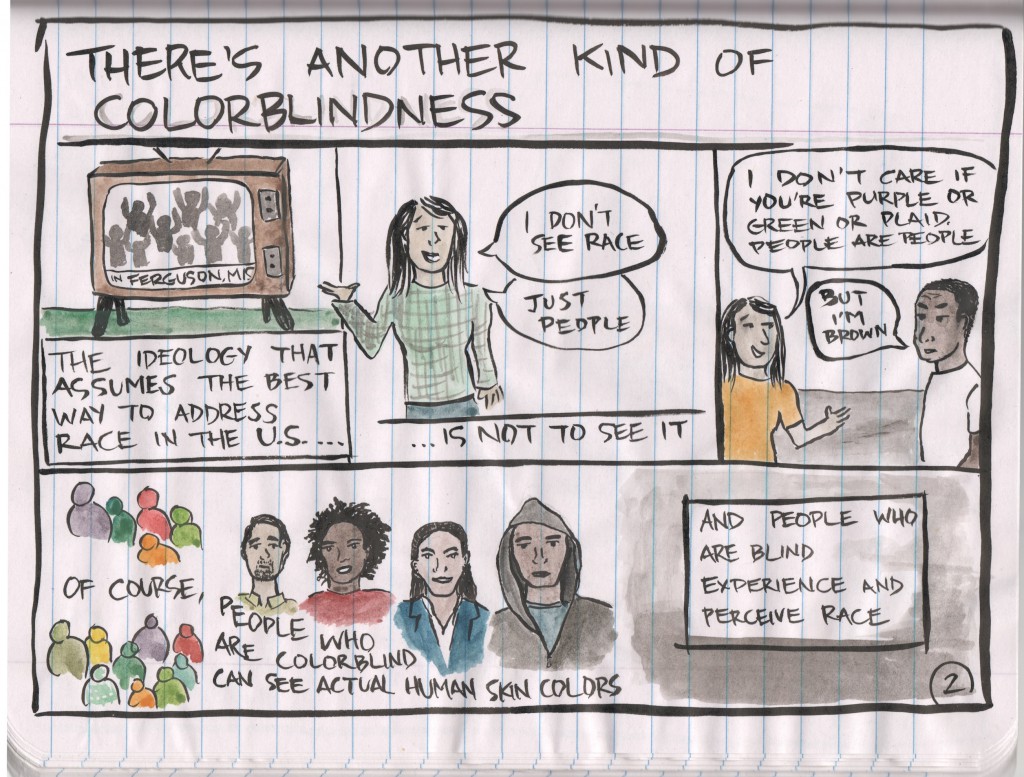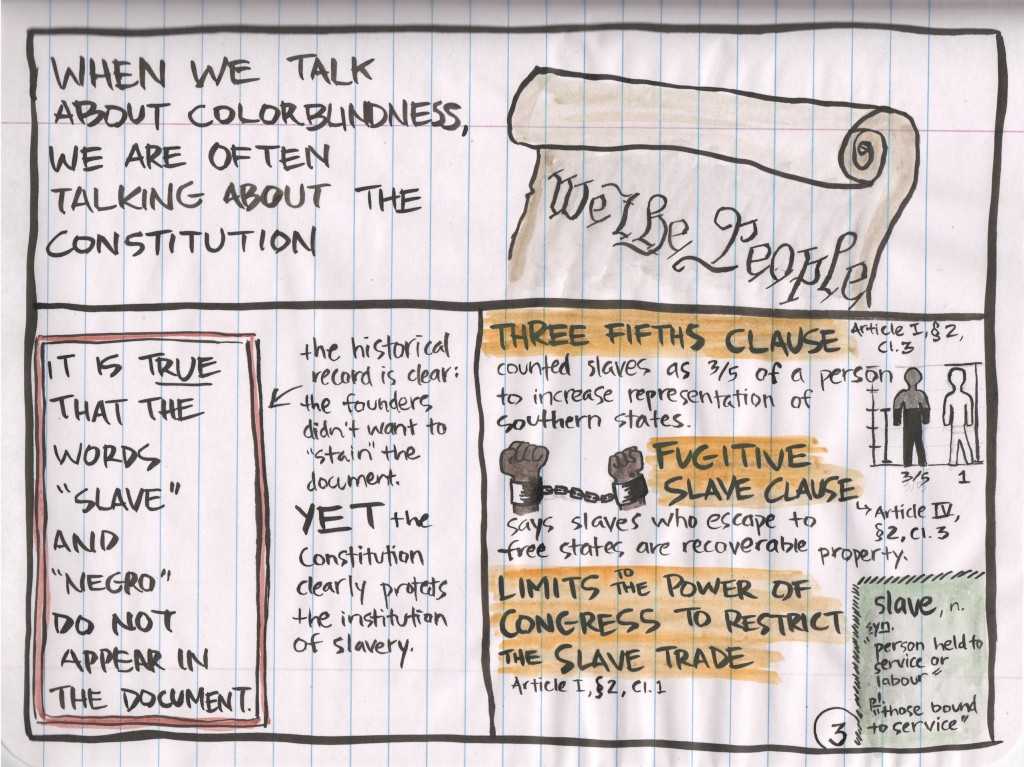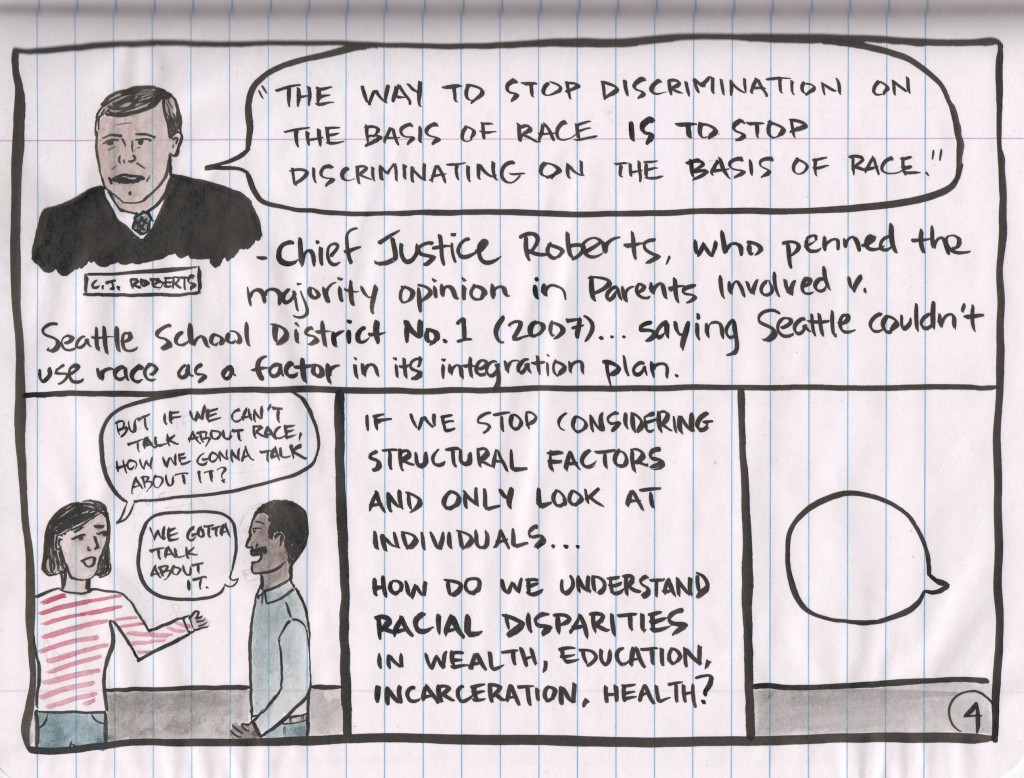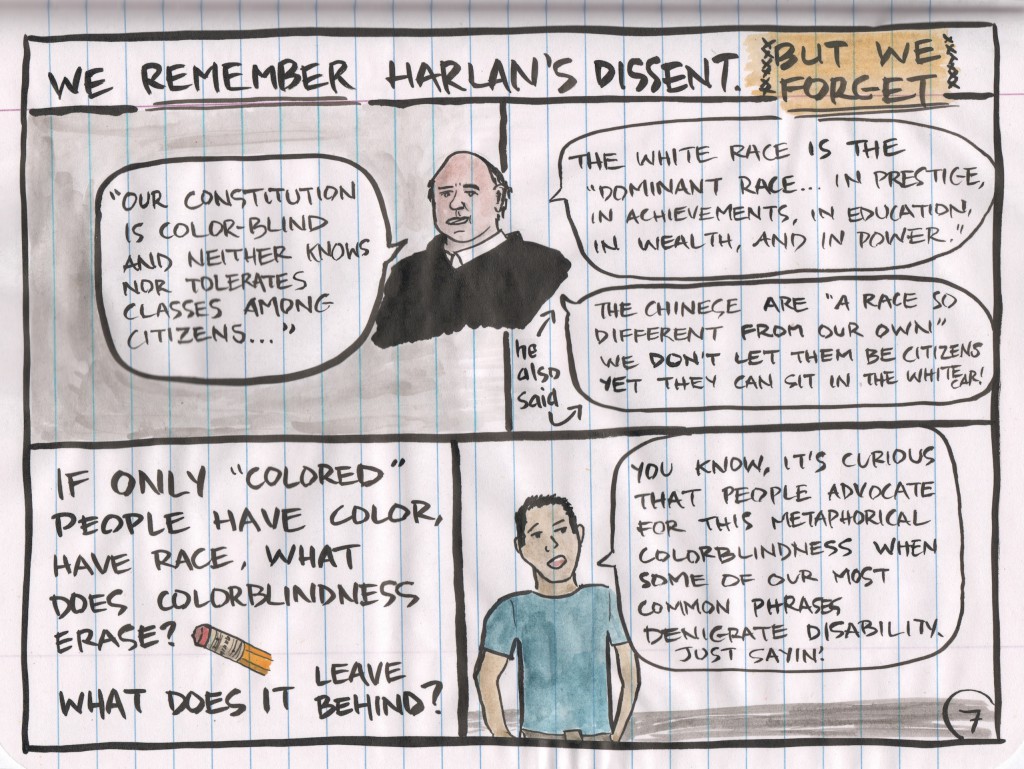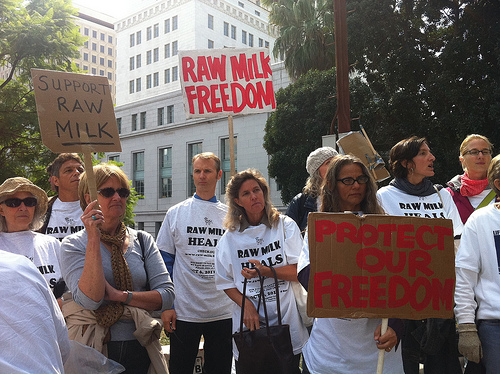Author Archives: KC Councilor
Poison or Panacea?: Denaturalizing the Raw Milk Debate, Part 1
This post is part of a two-part, multi-author series on the raw milk debate in Wisconsin. Stay tuned for Kelly Jakes’ contribution next week.
In America’s Dairyland, the national debate about whether dairy farms should be allowed to sell raw milk to retailers, restaurants, and institutions has been especially contested. Dairy is Wisconsin’s largest industry—nationally, the state is second only to California in production—and is arguably the most cherished and widely recognized marker of its cultural identity. Audiences across the nation associate Wisconsin with the styrofoam cheesehead hats visible at every Packers game, our restaurants are often measured by the quality of their fried cheese curds, and the Wisconsin Milk Marketing Board even claims the state’s “dairy industry has roots in prehistoric times.”
The raw milk legislation has significant political and ideological ramifications; if it didn’t, we wouldn’t hear about it so frequently in the news. Current state law allows farmers to drink raw milk from cows on their farms, and to sell raw milk on the farm premises. The Wisconsin state Senate will soon be voting on SB 236, which would allow farms to distribute raw dairy products if they adhere to a set of regulatory standards. In 2010, a similar bill was passed by the full legislature and vetoed by Gov. Jim Doyle; Gov. Scott Walker has expressed solidarity with the powerful dairy lobby that advocates pasteurization and the medical community that rejects raw milk as unsafe, but has not committed to a veto. He’s caught between two key Republican ideals, which, in this case, are on opposing sides. Dairy is the largest industry in the state, and its lobby is both economically and politically powerful—crucial to keeping Wisconsin “open for business.” The raw dairy farms, however, are the very picture of Wisconsin small business, and their supporters demand the free market liberty to buy and eat what they wish.
The debate centers around the delicate balance between a desire for consumer freedom and the necessity of regulation to ensure consumer safety. Public health officials warn that unpasteurized milk is a perfect host for foodborne illnesses like E. coli, Listeria, and Salmonella, and large-scale dairy producers fear outbreaks might further the already declining consumption of dairy. The Centers for Disease Control and Prevention (CDC) claims that raw milk is one of the riskiest foods to consume, noting that the invention of pasteurization drastically reduced diseases transmitted by milk without significantly altering its nutritional value. The CDC goes so far as to name pasteurization “one of public health’s most effective food safety interventions.”
On the other hand, raw milk advocates laud unpasteurized milk as a natural food with superior nutritional properties. They decry pasteurization because it kills the enzymes present in milk, properties they believe are vital for the body to absorb calcium and fat. Further, they abhor the synthetic vitamins and chemicals added to pasteurized milk to improve taste, claiming that these substances have been linked to cancer and heart disease. Clearly, neither side is advocating for unsafe practices (or the benefits of Salmonella); in fact, they both lobby on behalf of consumer health and well-being.
In a debate where at least one side’s arguments rely upon notions of the “natural,” we would do well to remember that none of our food practices or values are natural—they are socially, politically, and historically constructed. Historian Melanie DuPuis, author of Nature’s Perfect Food: How Milk Became America’s Drink explains that “since the mid-nineteenth century, milk has been a part of the American social change agenda, from the temperance movement to the Progressive movement, the New Deal, and finally the current movement against genetically engineered foods.” The “milkman” and the “milkmaid” are iconic images of America’s past, and the long-running, celebrity-studded “got milk?” campaign has become a pop culture phenomenon and widely parodied catchphrase. Even the terminology used to describe milk reveals the cultural assumptions about its consumption. The word “milk” signifies to us the pasteurized, packaged liquid produced by cows, not other mammals. Milk as it flows from the cow is labeled “raw,” denoting that its final and preferred form is “cooked”; similarly, we mark other foods as raw—raw fish, raw almonds, raw eggs, raw onions—fish, almonds, eggs, and onions are presumed to be cooked, roasted, fried, or baked in their “natural” state. My point here is that “milk” does not flow naturally from a mother cow to our glass. It is filtered through a series of rhetorical and cultural processes, alongside the agricultural and industrial processes. The debate is not just about milk, but what counts as good, natural, and healthy; it’s about consumer rights and the role of government in food regulation.
Filed under Uncategorized




